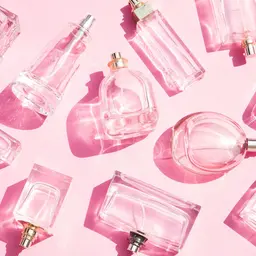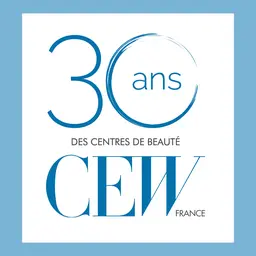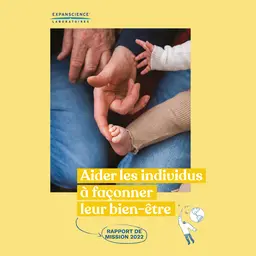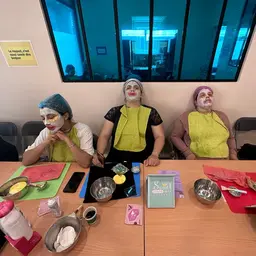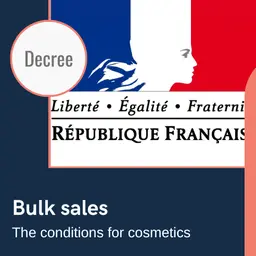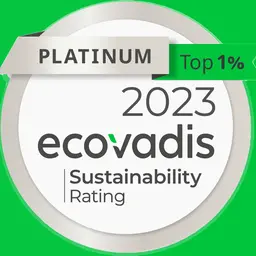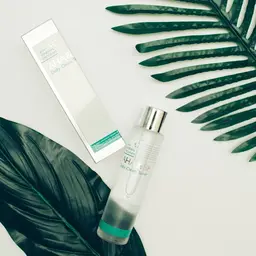
For the fourth consecutive year, Anaïs Dupuy, Business Development Manager for Kantar World Panel, gives the figures for the French beauty market. The expert presented her report for the year 2020 during the Beauty Business organized by the WEG and released on March 4, 2021.
The information collected by the firm comes from a panel of 35,000 individuals, representative of the French population.
Aged 15 and over, they continuously declare all their hygiene/beauty shopping, regardless of the distribution channel. Purchases made at vacation resorts are not taken into account.
Anaïs Dupuy explains that hygiene/beauty suffered in 2020, the fault lies with the various confinements and store closures.
“The good news is that the situation improved a little at the end of 2020, which allows the sector to limit breakage,” she analyses. “But beware, because in terms of value and volume, we see that the French have bought as many products as usual, or even more, but have spent less, which is synonymous with a strong devaluation.”
Consumption indicators
The penetration rate for hygiene/beauty is 98% (penetration rate = percentage of the population that has purchased at least one treatment in the year, editor’s note).
The French purchase an average of 52 products for an annual budget of around 200 euros.
Every time they do their beauty shopping (19 times a year), they put 2.7 treatments in their shopping basket for a total of €10.50 per checkout.
“In 2019, the French had a budget of 215 euros for 52 units,” comments Anaïs Dupuy. “If we take a closer look at the profile of buyers, we realize that it is the 65 and over who consumed the most in 2020. It is thanks to them that the beauty sector was able to stabilize at the end of the year. The other age groups tend to reduce their cosmetic budget.”
Growth segments
Unsurprisingly, soaps (+34% in volume) and home coloring (+18% in volume) are the branches of cosmetics that have met with the most success in 2020.
The closure of hairdressing salons and the sanitary rules to avoid Covid-19 infection have been beneficial to them.
On the other hand, make-up (-32% in volume), hair styling (-14.5% in volume) and perfume (-14% in volume) are the big losers in this ranking.
Once again, one could expect a similar result. The pandemic has largely democratized teleworking and the injunction to keep the home has inevitably had an impact on the “socializing” categories of beauty.
Focus on circuits
Hypermarkets and supermarkets tended to lose market share to specialized stores in the sale of skin care products. The Covid-19 crisis enabled them to regain ground (58.8% market share in 2019 compared to 59.3 in 2020). E-commerce has also been boosted this year as it exceeds 10% market share.
The findings are rather mixed for the cosmetics sector, but very revealing of the pandemic we are going through. On the one hand, hygiene is doing well, but on the other hand, the “more glamorous” categories are losing ground. It is therefore difficult to make predictions for the future in such a troubled context… at least until the horizon clears.

